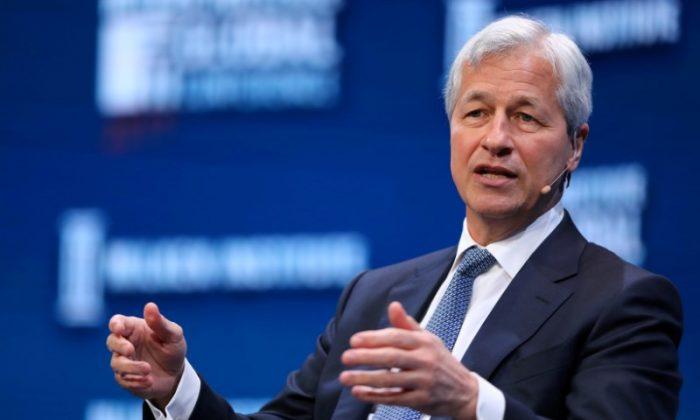It’s hard to find a seasoned investor who doesn’t believe that the stock market is overbought on a short-term basis. Still, there are some underlying catalysts that continue to fuel investor enthusiasm.
Here are a few:
Bond prices have literally “spiked,” sending mid-term to long-term yields decidedly lower, which has taken the average 30-year mortgage rate back down to the low 7 percent level and threatening to move into 6 percent territory. The 15-year mortgage rate could get back into the 5 percent range. Inflation data could help push rates lower. The consumer price index was released on Dec. 12, while the producer price index was released on Dec. 13.
The latest employment data show that labor markets continue to loosen as the economy added 199,000 nonfarm payroll jobs in November, marking the second consecutive month with job additions below the average of 240,000 (over the past year). Health care was the biggest contributor, adding 77,000 jobs, with local governments adding 49,000. Manufacturing added 28,000 jobs, even as 30,000 United Automobile Workers labor union strikers returned to their jobs during the month. Retail shed an eyebrow-raising 38,000 jobs heading into the holiday season.
On the negative side, there’s a tale of two economies in the United States, telling two starkly different stories. A recent Harris poll found that about 65 percent of working Americans say that they frequently live paycheck to paycheck, and 35 percent say they don’t have any money left at the end of most months. At the same time, we saw record sales on Black Friday ($9.12 billion) and Cyber Monday ($11.3 billion), with the caveat that “buy now, pay later” (BNPL) hit an all-time high, up 43 percent from a year ago, according to Adobe Analytics.
Also, CNN reported: “During the third quarter, the rate of households becoming delinquent or entering serious delinquency (90 days or more behind) on their credit cards was the highest since the end of 2011, according to the Federal Reserve Bank of New York’s latest Quarterly Report on Household Debt and Credit released this month. Despite being fairly broad-based, with significant take-up among higher educated and higher income respondents ... we find that those with lower credit scores and greater unmet credit needs make up a disproportionate share of all BNPL users.”
So there’s potential for a stressed and leveraged consumer heading into the first quarter of 2024. The labor market will dictate consumer sentiment. We’re already seeing hiring freezes in some industries, which are historically followed by layoffs—already announced among technology and financial companies. Will this layoff trend pick up speed in 2024? That’s yet to be determined.
Wall Street doesn’t seem to be concerned about the consumer. Still, it’s buying into the rally that left many a damaged investor from the August–October correction bloodied, battered, and cautious, as the yield on the 10-year Treasury note hit 5 percent, with JPMorgan CEO Jamie Dimon warning, “Are you prepared for something like 7 percent?” America’s biggest banking honcho carries a lot of weight when he raises the caution flag, but by mid-November, inflation data started to prove him wrong.
Additionally, and to the surprise of many, oil prices have slid hard as inventories have risen amid worries over weakness, both in end-demand and in concerns about the duration of OPEC+ supply cuts, the widespread cheating of quotas, and dumping of crude on black markets by Russia and Iran.
The national average price of gas has dropped to $3.15 per gallon, providing widespread relief to consumers and businesses alike—especially in the transportation sector. Cheaper gas prices were reflected in last week’s better-than-forecast University of Michigan Consumer Sentiment reading.
Several analysts are blaming lower oil prices on a slowing Chinese economy, with large cracks in the commercial real estate market and the huge shadow banking industries. The year-to-date chart of the benchmark Shanghai Composite Index is showing signs of breaking down further, even after Chinese leader Xi Jinping came to San Franciso to tell U.S. companies that China is open for business.
Add to this mix the effect that artificial intelligence is having on market sentiment and the halo effect it’s having on dozens of stocks outside the Magnificent Seven. With the rally broadening out to include the regional bank and small-cap sectors that are now in their second week of market gains, there’s a growing conviction that a retracement of the major averages before year-end may not materialize.
The Federal Reserve might try to maintain its “higher for longer” policy narrative, but the bond market isn’t having any part of it. Bond traders are on the side that “inflation is falling,” to where the Fed can consider cutting rates as early as March, leading to an easing of financial conditions with the cost of capital coming down materially, which will afford the economy to avert a recession.
Wall Street bulls are embracing this very dynamic—that the power of lower interest rates pretty much cures all that currently ails the bear case for a hard landing. So far, that has been the right call.





